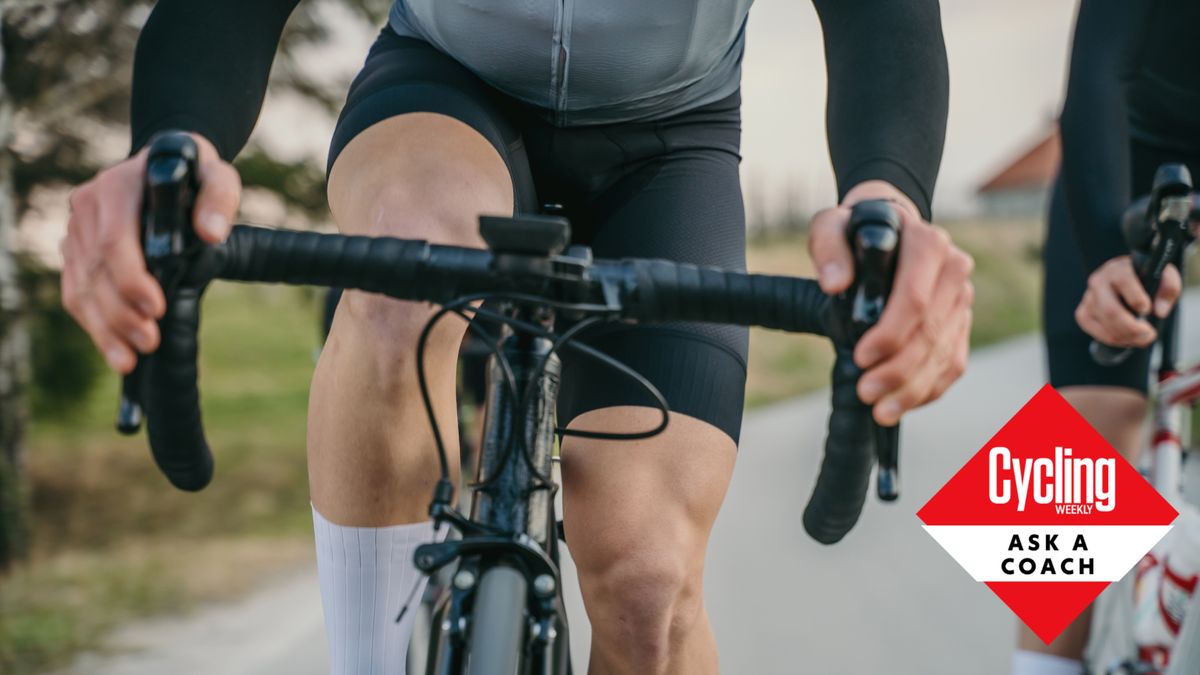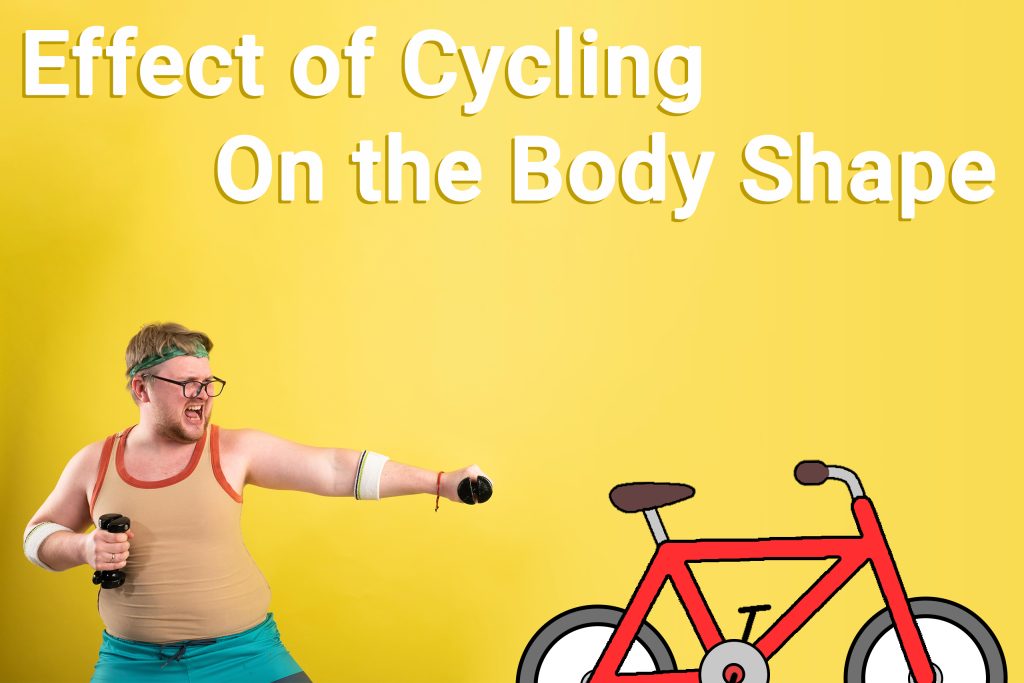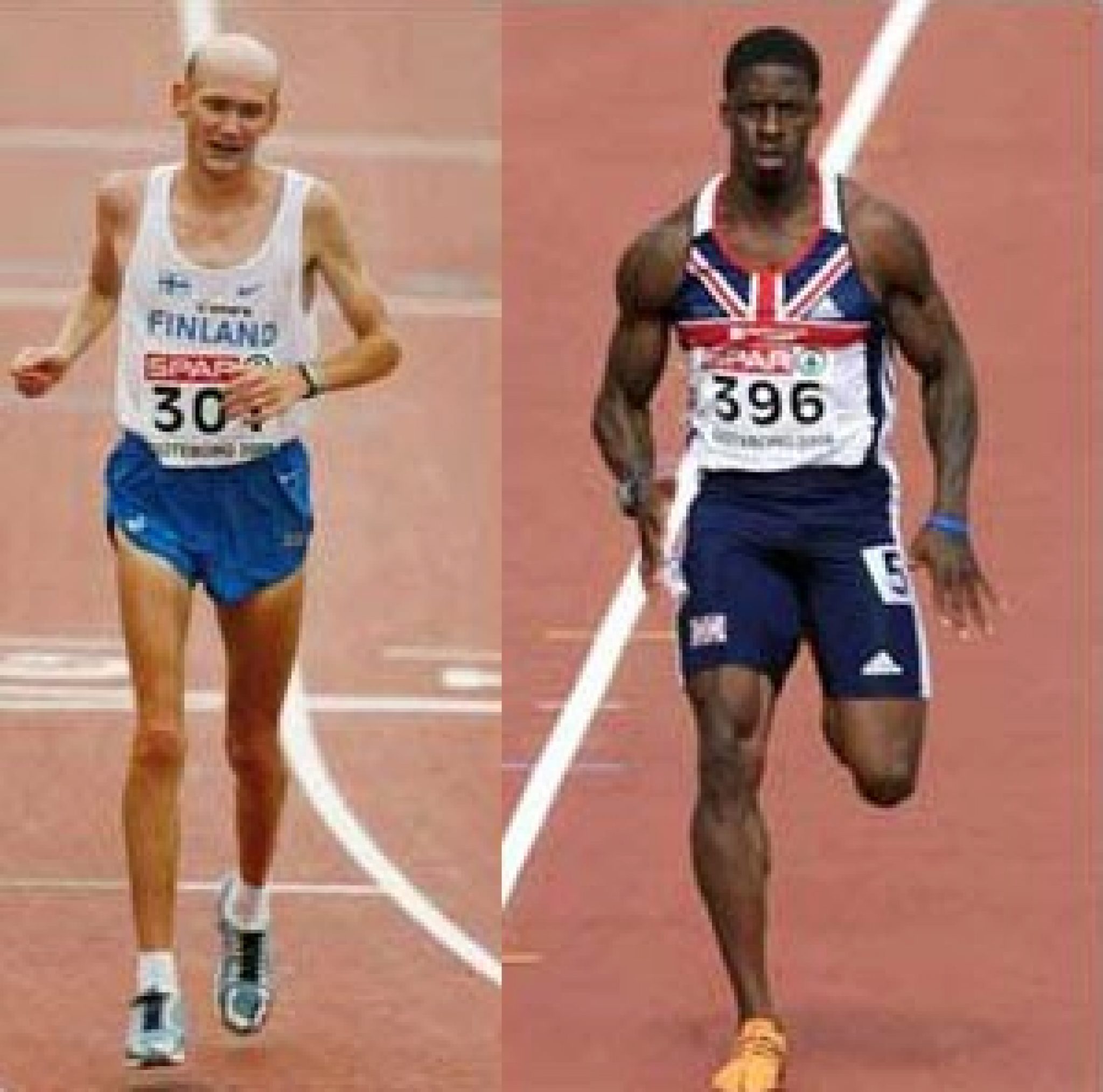Cycling has become a popular form of exercise for people looking to improve their cardiovascular health, stay fit, and, perhaps most importantly, shape and tone their legs. But the question often arises: Will cycling shape my legs in the way that I want? Whether you’re aiming to slim down, tone, or build endurance, cycling can play a major role in sculpting your leg muscles.

How Does Cycling Affect Leg Muscles?
Cycling is one of the most efficient exercises for targeting leg muscles. Every pedal stroke you make requires a complex interaction between your muscle groups, especially in the lower body. This section will dive into the muscles that cycling works, whether it builds or tones your legs, and how often you need to cycle to see visible results.
What Leg Muscles Does Cycling Work?
Cycling primarily targets four major muscle groups in the legs. Let’s take a closer look at each:
- Quadriceps (Front of the thigh): These muscles are responsible for extending the knee and providing the power to push the pedals. Every time you push down on the pedal, your quads do the bulk of the work.
- Hamstrings (Back of the thigh): While the quads push the pedal, the hamstrings pull it back up, creating a smooth circular motion. This action helps balance muscle use between the front and back of the legs, preventing overdevelopment in just one area.
- Calves (Back of the lower leg): As you pedal, your calves are constantly engaged to stabilize your movement and support the foot’s up-and-down motion.
- Glutes (Buttocks): Often overlooked, the glutes are a major contributor when cycling, especially during hill climbs or sprints. They help extend your hip joint, which is key to generating power in the pedal stroke.
In addition to these primary muscles, cycling also works secondary muscles such as the hip flexors and core, which help stabilize your body and improve posture.
Fact: Cycling can engage over 70% of the muscle mass in your legs and lower body, making it a great way to work on muscle endurance and toning simultaneously.
Does Cycling Build Muscle or Just Tone?
One of the biggest questions when it comes to cycling is whether it builds muscle or simply tones the legs. The answer depends largely on how you cycle.
- Toning: For most people, cycling will tone and sculpt the legs rather than build significant bulk. This is especially true if you’re cycling at a moderate pace for longer periods. The repetitive, low-resistance motion improves muscle endurance and burns fat, leading to leaner, more defined legs.
- Muscle Growth: If you’re cycling with high resistance—such as uphill or using a high gear on a stationary bike—your muscles may experience hypertrophy (growth). However, cycling alone is unlikely to cause extreme muscle growth like weightlifting or sprinting would.
To summarize, cycling is primarily an endurance activity that tones muscles rather than a strength-based exercise that builds large muscle mass.
How Often Should You Cycle to See Results?
Consistency is key when it comes to shaping your legs through cycling. The frequency of your cycling sessions will have a significant impact on how quickly you’ll start seeing results.
- General Guidelines: Aim for at least 3-5 times per week of cycling to see noticeable improvements in muscle tone and leg shape.
- Duration: A session of 30-60 minutes at moderate intensity will be sufficient for most people. If you’re looking to build more strength, include short, intense bursts (like interval training) or hill climbs.
- Intensity Matters: Higher intensity (such as hill climbs or high-resistance training) will speed up results, but ensure that your sessions include a mix of moderate and high intensity to avoid burnout and injuries.
Case Study: In a study published in the Journal of Sports Science, participants who cycled for 45 minutes at moderate intensity, 4 times a week over a period of 6 weeks, saw a noticeable reduction in body fat and improved muscle definition, particularly in the legs.
By staying consistent with your cycling routine, you’ll start to see toned, more defined legs in as little as 4-6 weeks.

Will Cycling Make My Legs Bigger or Slimmer?
One of the most frequently asked questions by those considering cycling for leg toning is whether cycling will result in bigger, bulkier legs or slimmer, more toned legs. The outcome depends on various factors like intensity, duration, and resistance.
Will Cycling Make My Legs Bulky?
A common fear, especially for women, is that cycling will make their legs appear bulky. However, the reality is that cycling is more likely to lead to lean muscle development rather than a significant increase in muscle size. Here’s why:
- Type of Exercise: Cycling is predominantly an aerobic activity, meaning it focuses on endurance rather than heavy muscle-building. Aerobic activities, like cycling, tend to burn fat and build lean muscle tissue. This helps improve muscle tone without adding significant bulk.
- Resistance Levels: If you’re cycling at low to moderate resistance, your leg muscles will be engaged for longer durations, leading to muscle endurance rather than hypertrophy (muscle growth). High-resistance cycling, like climbing steep hills or using a high gear on a stationary bike, can lead to more muscle engagement, but it still won’t typically lead to large, bulky legs.
- Case Study: Professional cyclists, especially those who compete in endurance events like road races, often have lean, well-defined legs rather than bulky ones. Their training focuses on long-distance cycling with moderate resistance, which improves cardiovascular endurance and muscle tone without significantly increasing muscle size.
Expert Insight: According to Dr. Edward Laskowski of the Mayo Clinic, “Cycling primarily works your legs in a repetitive motion, which results in muscle endurance rather than significant muscle size. You will notice more muscle definition, but it’s unlikely to lead to bulk unless paired with weight training.”
So, if your goal is toned, shapely legs rather than bulk, regular cycling at moderate intensity is a great option.
Does Cycling Help Slim Down Thighs and Calves?
Yes, cycling can help slim down your thighs and calves. It’s an effective way to burn calories, reduce body fat, and sculpt lean muscle. Here’s how it works:
- Calorie Burn: Cycling is an excellent cardiovascular exercise that burns calories. A person weighing 155 pounds (70 kg) can burn around 260 calories in 30 minutes of moderate cycling. The higher the intensity, the more calories burned, which can result in fat loss, especially around the thighs and calves.
- Fat Reduction and Muscle Toning: As you burn fat, cycling will reveal the muscles in your legs, making them appear more toned and defined. Since cycling targets the quadriceps, hamstrings, and calves, regular cycling can help you achieve slimmer, more shapely legs by reducing fat in these areas.
- Low Impact: Cycling is a low-impact exercise, meaning it puts minimal stress on your joints while effectively working your muscles. This makes it a great option for people looking to lose weight and tone their legs without risking joint injuries that can come from high-impact activities like running.
Tip: To maximize fat loss and muscle toning, consider incorporating interval training into your cycling routine. For example, alternate between high-intensity sprints and moderate-paced recovery periods. This method is known to increase calorie burn even after your workout ends, further aiding in fat reduction.
How Long Does It Take for Cycling to Shape Your Legs?
The time it takes to notice visible results from cycling depends on various factors, including your starting fitness level, intensity, and consistency. However, most people begin to see noticeable changes in their leg shape within a few weeks of regular cycling.
- Initial Results (2-4 weeks): During the first couple of weeks, you may start noticing improvements in muscle endurance and feel that your legs are more toned. You might not see dramatic changes right away, but your legs will feel stronger and more sculpted.
- Visible Results (4-6 weeks): After about 4-6 weeks of consistent cycling, you should start to see visible changes in your leg muscles. Fat loss around the thighs and calves will make your muscles more pronounced, leading to a leaner, more defined look.
- Long-term Results (2-3 months): With continued commitment to cycling, you’ll see even more dramatic changes in the appearance of your legs after 2-3 months. Your thighs and calves will be slimmer, more toned, and noticeably stronger.
Pro Tip: To speed up results, combine your cycling routine with strength training exercises like squats and lunges. This combination will help you target different muscle fibers and improve overall leg definition.
Factors That Affect Leg Shaping from Cycling
| Factor | Impact on Results |
|---|---|
| Frequency | Cycling 3-5 times a week speeds up results. |
| Intensity | Higher intensity leads to faster muscle toning. |
| Diet | A healthy diet enhances fat loss and definition. |
| Resistance | Higher resistance builds more muscle definition. |
| Consistency | Regular cycling over time is key to results. |
| Rest & Recovery | Rest days allow muscles to recover and grow. |
To summarize, cycling can both slim and shape your legs, but the result largely depends on your workout style. By focusing on consistent cycling at moderate to high intensity and incorporating resistance when needed, you can achieve slimmer, more defined legs in a few months.

Types of Cycling and Their Impact on Leg Shape
Not all cycling is the same, and different forms of cycling can have varying effects on how your legs develop in terms of shape and tone. Whether you prefer outdoor cycling, stationary biking, or spinning, each type of cycling engages your leg muscles differently and can lead to unique outcomes.
Outdoor Cycling vs. Stationary Biking: What’s the Difference?
Both outdoor cycling and stationary biking offer fantastic benefits for your leg muscles, but there are some key differences in terms of muscle engagement and overall experience.
- Outdoor Cycling:
- Natural Terrain: When cycling outdoors, you are often dealing with variable terrain—hills, slopes, and uneven paths—that require your leg muscles to work harder. This variation leads to more muscle engagement, especially when climbing or descending.
- Balance and Core Strength: Outdoor cycling also engages your core and stabilizing muscles as you need to balance your body on the bike. This indirectly impacts how your leg muscles work, as they need to adjust to the terrain.
- Wind Resistance: When cycling outdoors, you also face wind resistance, which adds an extra layer of intensity, especially during uphill climbs.
- Stationary Biking:
- Controlled Resistance: On a stationary bike, you can control the exact resistance level. Higher resistance mimics the effort required to cycle uphill, engaging your quadriceps and glutes more intensely.
- No Terrain Variability: Stationary bikes offer a smoother, more predictable ride, which may limit the range of muscle activation compared to outdoor cycling. However, this controlled environment allows for consistent leg workouts without the interruptions or challenges of outdoor conditions.
- Focus on Targeted Workouts: Indoor cycling is ideal for structured workouts, like intervals, that focus specifically on leg endurance and strength. You can easily increase resistance or speed, making it an excellent tool for building leg definition over time.
Expert Insight: According to Dr. R. Collins, an expert in sports medicine, “Stationary biking allows for more targeted muscle engagement because you can manipulate resistance with precision. Outdoor cycling, however, activates a broader range of muscles due to the unpredictability of terrain and environmental conditions.”
In summary, both types of cycling are effective, but outdoor cycling is great for overall fitness and natural leg shaping, while stationary biking allows for focused, controlled leg workouts with customizable resistance levels.
Does Spinning (Indoor Cycling) Tone Legs Differently?
Spinning, or indoor cycling in a group setting, is known for its high-intensity, music-driven workouts that push participants to their limits. But does spinning shape your legs differently compared to traditional cycling?
- Higher Intensity Workouts: Spin classes are typically high-intensity workouts that combine periods of sprints, hill climbs, and resistance work. This variety of movement ensures that all the leg muscles—quads, hamstrings, glutes, and calves—are worked intensely.
- Interval Training Benefits: Spin classes often incorporate interval training, alternating between bursts of high-speed pedaling and slower recovery periods. This method is incredibly effective at both burning fat and building muscle endurance, leading to more toned legs over time.
- Resistance Settings: In spinning, participants often adjust the resistance on the bike to simulate climbing steep hills. This engages the quadriceps and glutes much more deeply than regular cycling, leading to greater muscle toning.
Interesting Fact: A study published in the Journal of Strength and Conditioning Research found that individuals who participated in spinning classes twice a week for 12 weeks showed significant increases in leg muscle tone and endurance, compared to those who did standard aerobic cycling.
Road Cycling vs. Mountain Biking: Which Is Better for Leg Definition?
Choosing between road cycling and mountain biking can also impact how your legs develop in terms of muscle tone and endurance. Here’s how each style differs:
- Road Cycling:
- Endurance Focused: Road cycling typically involves long distances and sustained pedaling at a relatively steady pace. This continuous effort builds endurance in the legs and improves muscle definition over time, especially in the quads and hamstrings.
- Minimal Resistance: Since road cycling usually takes place on smooth terrain, there’s less resistance compared to mountain biking. While this doesn’t lead to major muscle growth, it’s ideal for those looking to slim down and tone.
- Mountain Biking:
- High Resistance from Terrain: Mountain biking engages more muscles due to the uneven terrain and frequent uphill climbs. The added resistance from rocks, dirt, and slopes forces your legs, particularly the glutes, quads, and calves, to work harder. This can lead to more pronounced muscle development compared to road cycling.
- Explosive Power and Strength: Mountain biking requires short bursts of explosive power to navigate rough terrain, which can build strength in the legs. Over time, this leads to more muscular, defined legs.
Comparison Table: Road Cycling vs. Mountain Biking Impact on Legs
| Type of Cycling | Muscle Focus | Resistance | Leg Impact |
|---|---|---|---|
| Road Cycling | Quads, Hamstrings | Low to Moderate | Slimmer, more toned legs |
| Mountain Biking | Glutes, Quads, Calves | High (due to rough terrain) | More muscle growth, defined legs |
| Spinning (Indoor) | Quads, Glutes, Calves | Moderate to High | Quick toning, increased endurance |
If your goal is to tone your legs and increase muscle definition, both road and mountain biking are effective, but mountain biking offers a bit more intensity due to the varied terrain. Road cycling is excellent for slimmer legs and overall endurance, while spinning can combine the best of both worlds in a shorter timeframe.